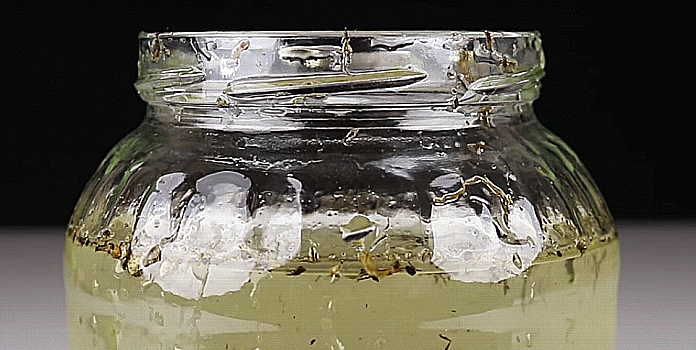(Molly Bruns, Headline USA) Officials and agencies in Los Angeles are examining how treated sewage water can be streamed into the municipal drinking-water system for public consumption.
“There’s been a health legacy where sanitary engineering practices and regulators considered sewage a waste, it was something to be avoided, something to be feared,” Brad Coffey of the Metropolitan Water District of Southern California said, according to the Western Journal.
“Now that we have the technology… the public, the regulators, the scientific community has much greater confidence in our ability to safely reuse that water supply,” Coffey continued.
The process under consideration by city authorities goes by the handle “direct potable reuse,” which is supposedly different from “indirect potable reuse,” where recycled water is stored for use with environmental barriers such as underground aquifers or reservoirs before being consumed by humans.
Not too long ago, recycling was unthinkable. In the 1990s, California agencies worked to take advantage of wastewater to replenish groundwater in the city of Los Angeles, but community groups brought lawsuits against the projects, citing the risk of adverse environmental impacts.
But, as drought conditions worsen in the state, opposition to these projects has “softened.” Two new wastewater initiatives are under development in Los Angeles County.
One is a $3.4 billion plant at the Joint Water Pollution Control Plant in Carson, California. The other is an approximately $16 billion plan called “Operation Next,” which aims to purify almost all of the wastewater in the Hyperion Water Reclamation Plant Process.
“Our goal is really to turn the largest discharge of treated wastewater in Southern California into an engine for groundwater replenishment,” Coffey told the LA Times.
“That’s in an attempt to interrupt, break the snowpack-dependent water cycle of much of California and much of the West … that’s threatened by climate change,” he added.
The California State Water Board also made it clear that there is no way to monitor chemicals and pathogens in sewage water in real time. Nonetheless, the board’s Chief of Drinking Water, Randy Barnard, claimed government agents are prioritizing public health.
“The key for what we’re trying to do is always protect public health, so when we’re writing these regulations, our focus is on protecting public health,” he said.

